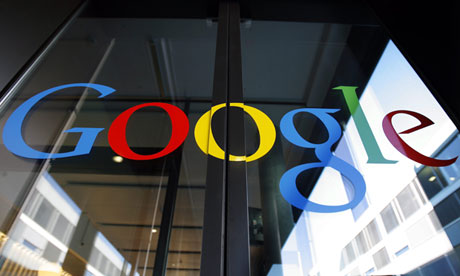I dare say Sony’s Vaio Pro 13 is everything you could want in an ultrabook. Until the MacBook Air gets a much-needed screen upgrade (when’s that happening, Apple?), this svelte number from Sony is arguably the best ultralight money can buy.
Let’s start with the “ultra” part of the equation. At 2.3 pounds, it’s the lightest 13.3-inch laptop I’ve ever tested, and by far the most lightweight machine I’ve seen in the Windows 8/touchscreen era — a full half pound lighter than the vaunted Toshiba KIRABook. Clad in black carbon fiber, it’s so light I thought maybe the battery wasn’t installed when I first picked it up. (It’s non-replaceable, so that answers that question.) At 18 mm thick, it’s also right in line with some of the thinnest ultrabooks on the market.
Other than its extreme portability, the design doesn’t reinvent the Sony experience: a slick rectangle with mostly matte finishing, brushed metal for the palmrest, a touch of chrome, and squared off corners. The rear edge of the screen overlaps the hinge, causing the keyboard to incline a bit when you open the laptop, a clever design idea.
 Ariel Zambelich/WIRED
Ariel Zambelich/WIRED
Under the hood, the Vaio Pro 13 covers the bases with ease. Specs vary based on configuration, but our entry-level unit seemed just fine. The 1.6GHz Core i5 (4th-generation), 4GB of RAM, and a 128GB SSD are all nothing unusual for this category, but Sony makes the most of them to give the Vaio Pro solid benchmark scores across the board. Also included are two USB 3.0 ports, HDMI, and an SD card slot. Integrated graphics provide minimal video oomph, but I’ve seen worse, and the screen, at 1920 x 1080 pixels, is reasonably bright (though far from blinding).
One of the highlights of the machine is its battery life, a real surprise considering its size. I consistently got six hours of runtime (at full-screen video playback), which is a good hour longer than most of the competition, and twice the runtime of some ultrabooks available today. And yet, there’s clearly been no compromising on performance. Even boot time is impressive: At just nine seconds, it’s considerably faster than anything else I’ve seen running Windows 8.
My only complaints are minor, and largely fit and finish issues. I had some quirky issues with screen flicker (a product of the auto-brightness sensor going a little haywire). I also had trouble getting the large trackpad to register every click. (It did a lot better with taps.) Also, when I initially configured the machine, it greeted me with a deafeningly loud fan. Strangely, this droning eventually quieted down. Even when the machine was under load in later testing, the fan wasn’t nearly as overbearing.

Let’s start with the “ultra” part of the equation. At 2.3 pounds, it’s the lightest 13.3-inch laptop I’ve ever tested, and by far the most lightweight machine I’ve seen in the Windows 8/touchscreen era — a full half pound lighter than the vaunted Toshiba KIRABook. Clad in black carbon fiber, it’s so light I thought maybe the battery wasn’t installed when I first picked it up. (It’s non-replaceable, so that answers that question.) At 18 mm thick, it’s also right in line with some of the thinnest ultrabooks on the market.
Other than its extreme portability, the design doesn’t reinvent the Sony experience: a slick rectangle with mostly matte finishing, brushed metal for the palmrest, a touch of chrome, and squared off corners. The rear edge of the screen overlaps the hinge, causing the keyboard to incline a bit when you open the laptop, a clever design idea.
 Ariel Zambelich/WIRED
Ariel Zambelich/WIREDUnder the hood, the Vaio Pro 13 covers the bases with ease. Specs vary based on configuration, but our entry-level unit seemed just fine. The 1.6GHz Core i5 (4th-generation), 4GB of RAM, and a 128GB SSD are all nothing unusual for this category, but Sony makes the most of them to give the Vaio Pro solid benchmark scores across the board. Also included are two USB 3.0 ports, HDMI, and an SD card slot. Integrated graphics provide minimal video oomph, but I’ve seen worse, and the screen, at 1920 x 1080 pixels, is reasonably bright (though far from blinding).
One of the highlights of the machine is its battery life, a real surprise considering its size. I consistently got six hours of runtime (at full-screen video playback), which is a good hour longer than most of the competition, and twice the runtime of some ultrabooks available today. And yet, there’s clearly been no compromising on performance. Even boot time is impressive: At just nine seconds, it’s considerably faster than anything else I’ve seen running Windows 8.
My only complaints are minor, and largely fit and finish issues. I had some quirky issues with screen flicker (a product of the auto-brightness sensor going a little haywire). I also had trouble getting the large trackpad to register every click. (It did a lot better with taps.) Also, when I initially configured the machine, it greeted me with a deafeningly loud fan. Strangely, this droning eventually quieted down. Even when the machine was under load in later testing, the fan wasn’t nearly as overbearing.














.png)
